overleaf template galleryLaTeX templates and examples — Recent
Discover LaTeX templates and examples to help with everything from writing a journal article to using a specific LaTeX package.
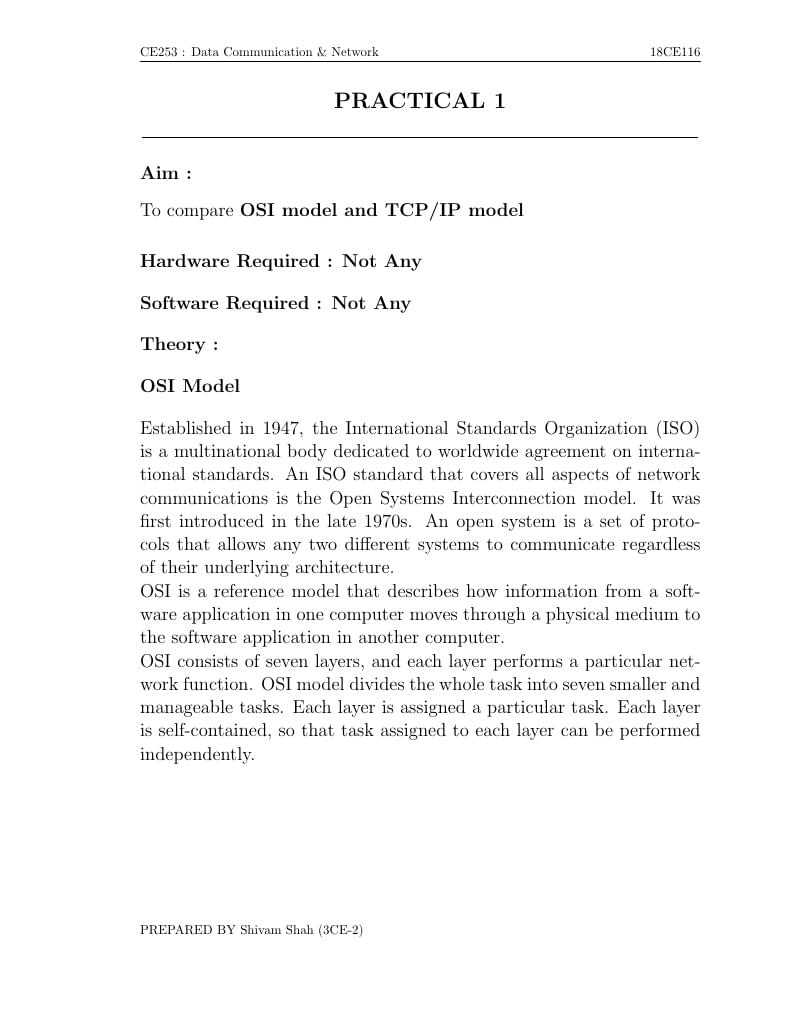
A short description about the OSI model and TCP/IP model.
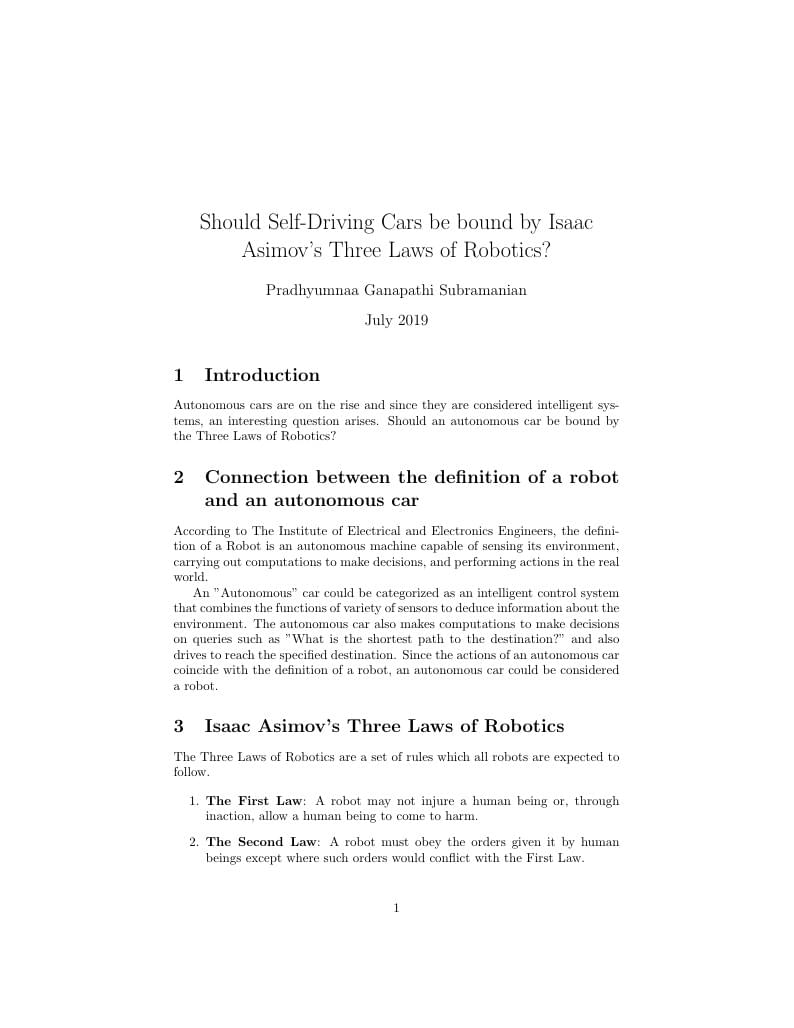
Discussing whether an Autonomous Car should be bounded by the 3 Laws of Robotics by comparing their definitions. This is the first research paper I have ever written so the references would be a lackluster.
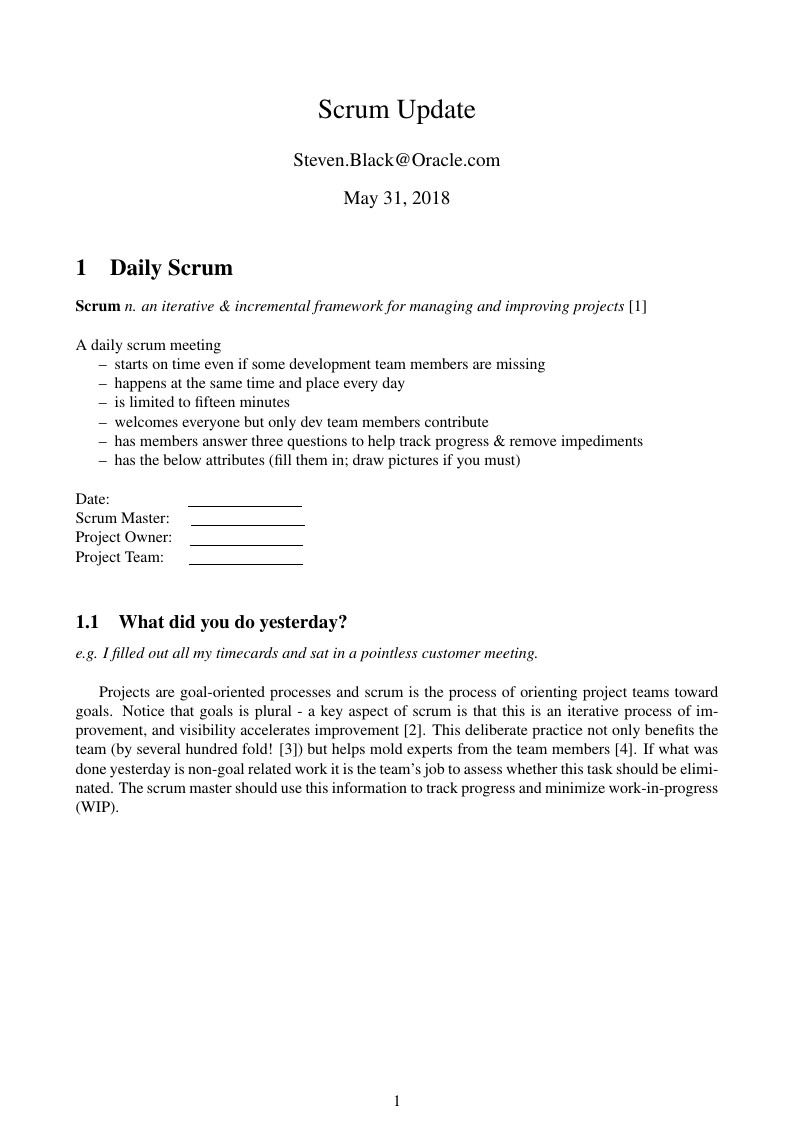
A slightly facetious worksheet for Scrum meetings. For use with ages 1-101
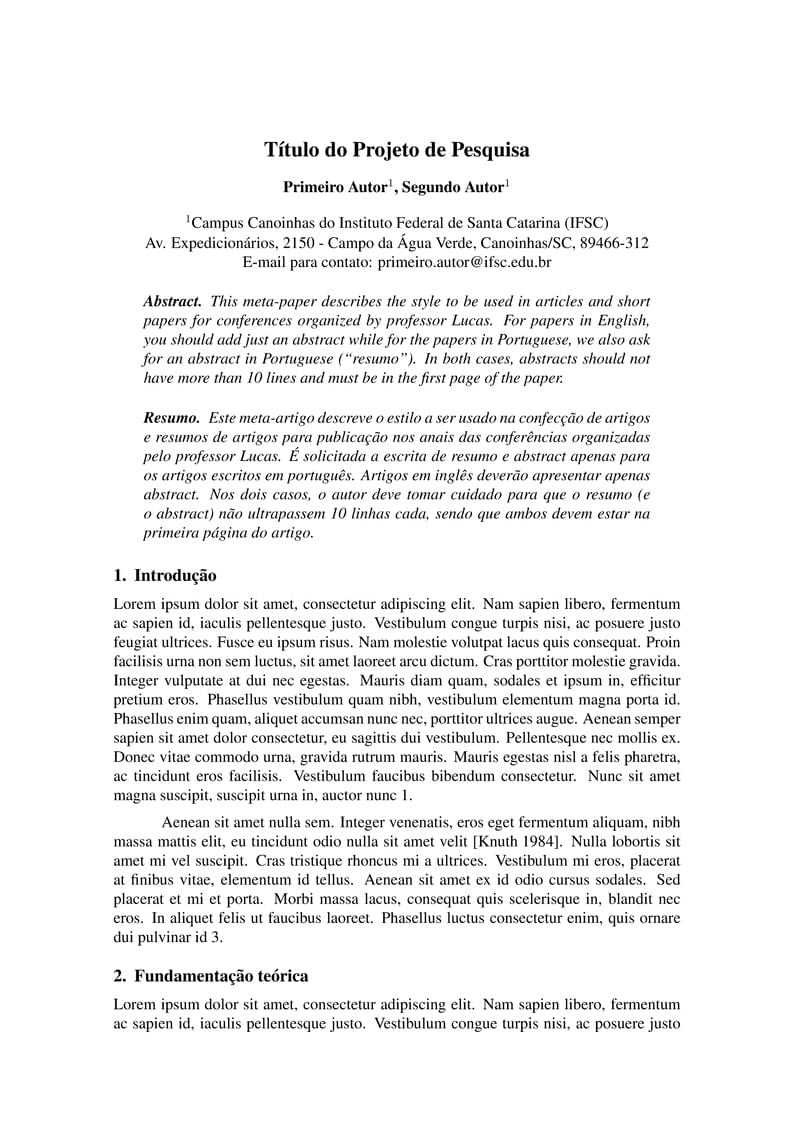
Template para a UC de Metodologia da Pesquisa do Prof. Lucas Bueno. Este template foi baseado no template SBC Conferences.
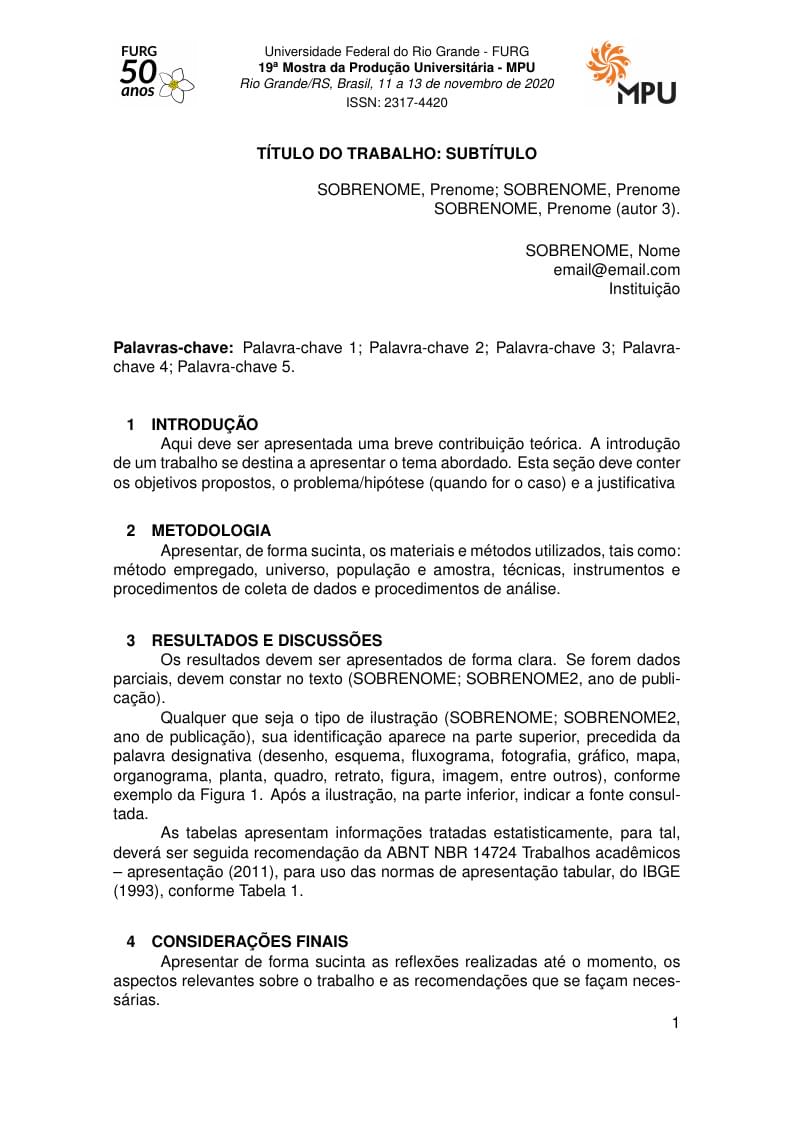
Modelo de submissão de trabalhos para a MPU FURG.
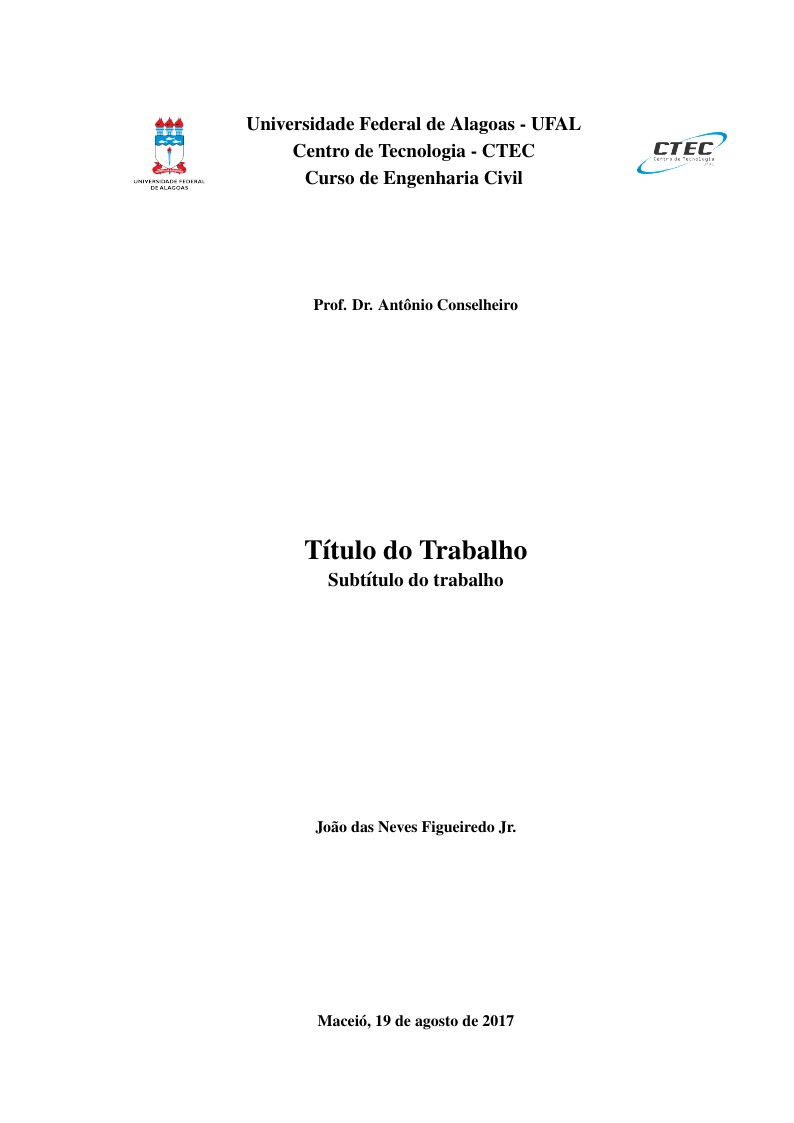
Template para os trabalhos e relatórios da Universidade Federal de Alagoas (UFAL)
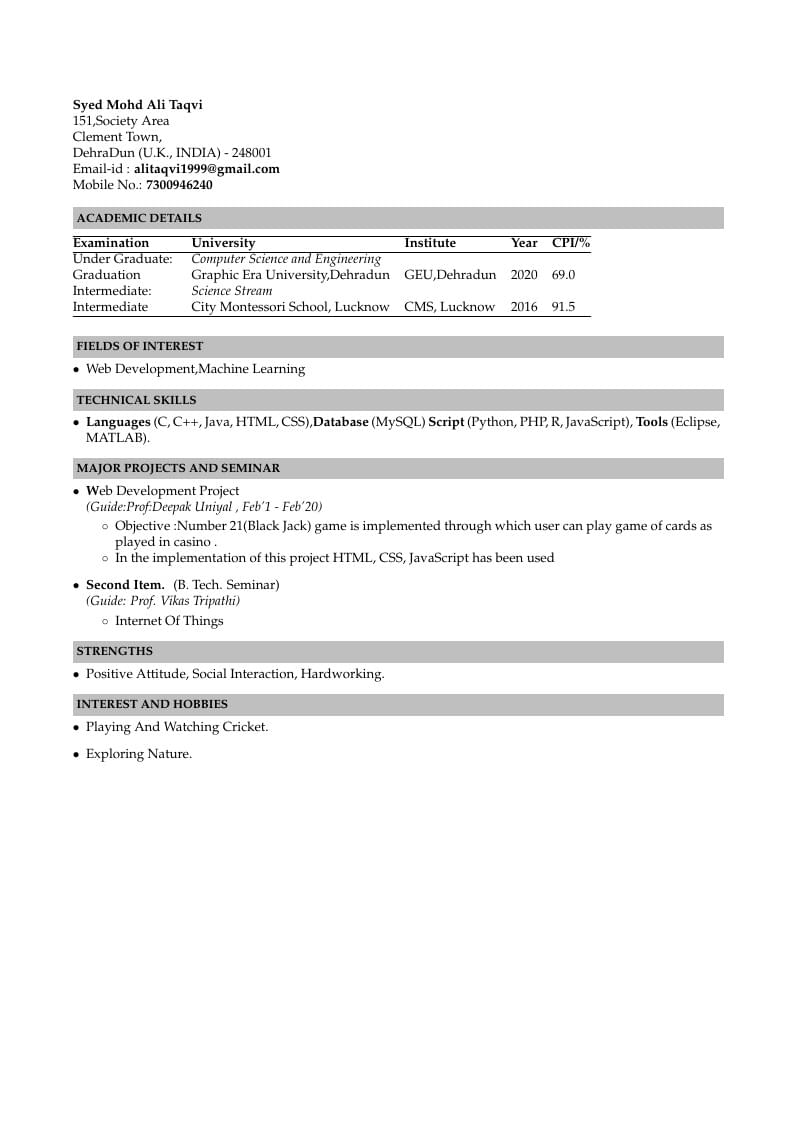
B.tech Resume Of Ali Taqvi
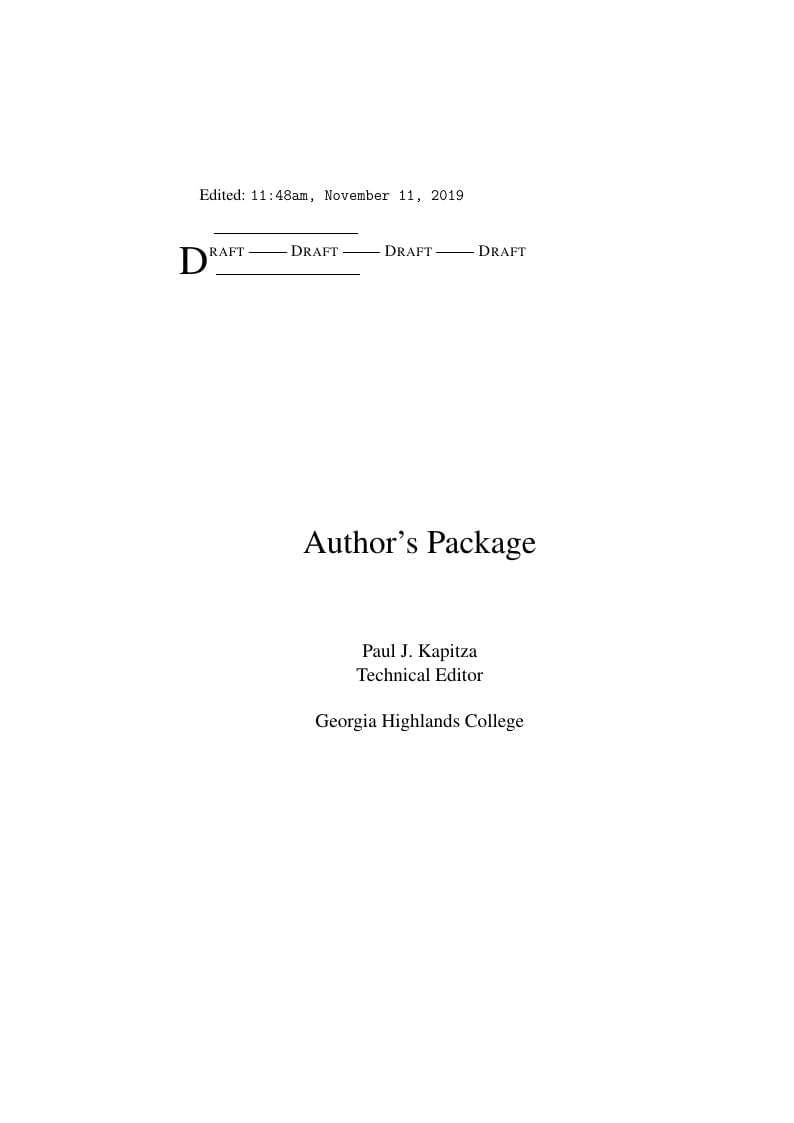
Template for submissions to the Journal of Inquiry-Based Learning in Mathematics (JIBLM). Source and information: http://www.jiblm.org/info/authorinfo.php. This template was originally published on ShareLaTeX and subsequently moved to Overleaf in November 2019.
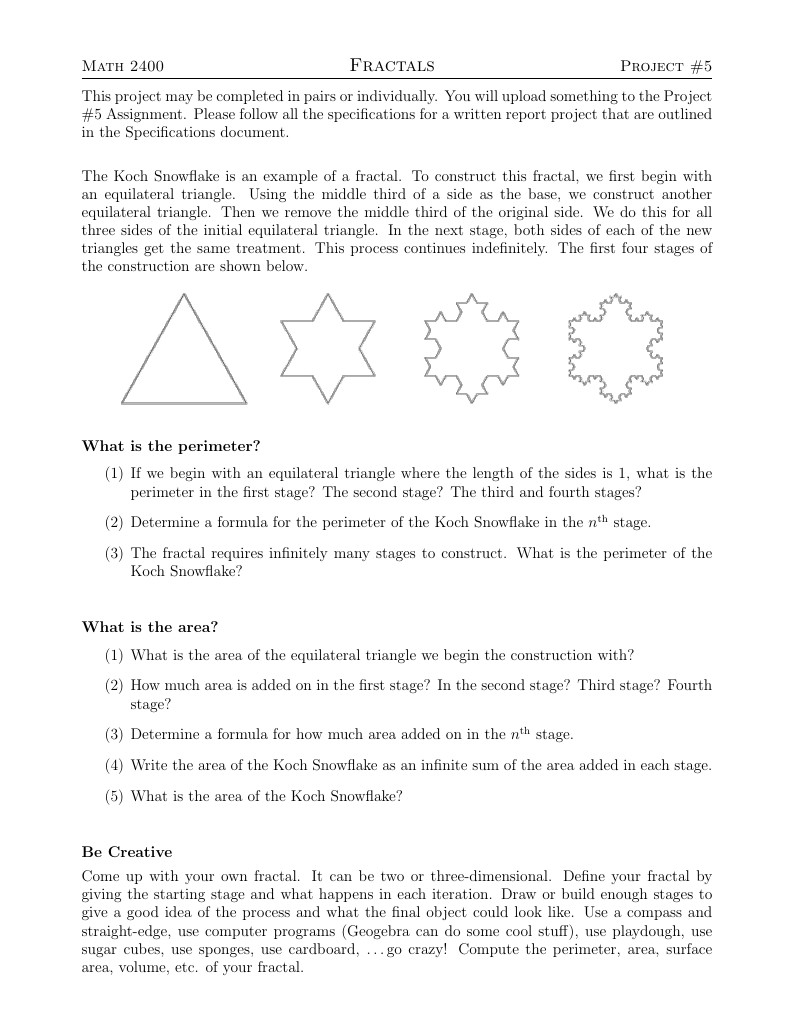
This project walks students through computing the perimeter and area of the Koch Snowflake as an application of geometric series. Students then create their own fractal and perform similar computations.
\begin
Discover why over 20 million people worldwide trust Overleaf with their work.